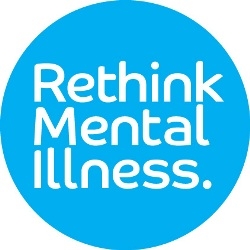Overview of dual diagnosis
Dual diagnosis, the coexistence of mental health and substance misuse disorders, is widely seen as a major challenge to mental health services and the staff working in them. While this definition may seem straightforward, the range of people who might be categorized in this way is very diverse. The Department of Health has suggested that the scope of dual diagnosis can be conceptualized as two intersecting continua, where one represents the severity of mental illness and the other the severity of substance misuse. Personality disorder is conceptualized as a separate dimension, which can coexist with a mental illness, a substance misuse problem, or both. Further complexity is added to the dual diagnosis concept when the relationship(s) between mental illness and substance misuse is considered. Crome has suggested that:
•substance use or withdrawal can produce psychiatric symptoms or illness;
•dependence, intoxication or withdrawal can produce psychological symptoms;
•psychiatric disorder can lead to a substance misuse disorder; and
•substance misuse may exacerbate a pre-existing psychiatric disorder.
In clinical practice it can be difficult to identify which of these mechanisms is operating.
A lack of consistency in definitions, sample selection, measurement tools and timeframes in research studies makes it difficult to establish prevalence rates. It is generally accepted that 30–50 per cent of people with a severe mental illness also have problems with substances. This figure is thought to be higher in inner city areas and increasing. The Department of Health has argued that substance misuse should be considered usual rather than exceptional in people with severe mental illness. Dual diagnosis is associated with a range of difficulties.
In comparison to people with a mental illness alone, people who also use substances have:
•higher rates of homelessness;
•increased rates of suicidal behaviour;
•increased rates of violence;
•worsening of their psychiatric symptoms;
•poorer adherence with medication;
•increased rates of HIV infection;
•greater contact with the criminal justice system; and
•make increased use of institutional services.
From Mental health articles, post dual diagnosis definition
Post Footer automatically generated by wp-posturl plugin for wordpress.





















